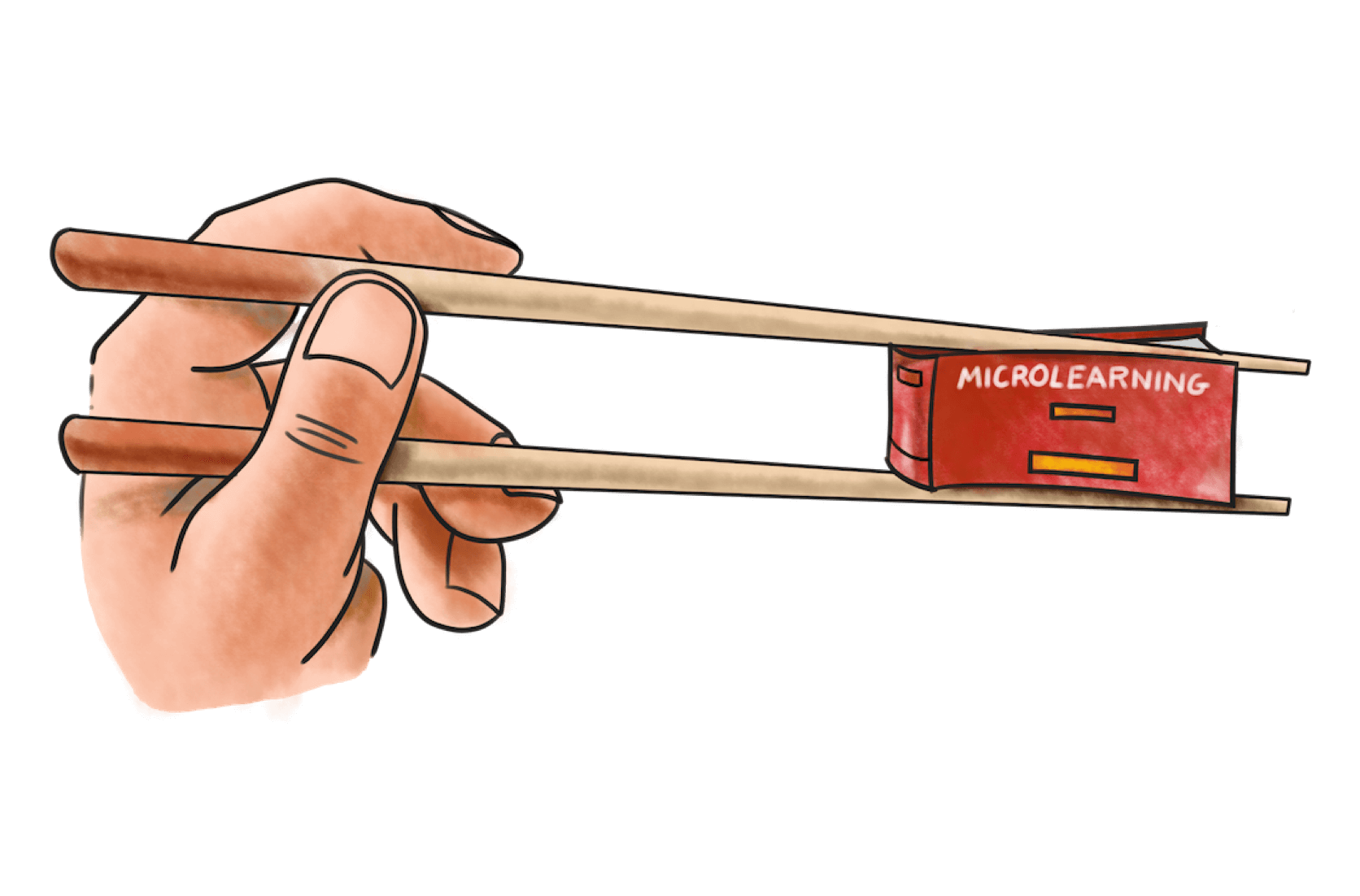
At Yarno, we believe that learning is critical to combat many of the challenges currently faced by business owners. When facing skills shortages, a competitive job market (for the employer!), and other macro challenges impacting the business world, having an agile and engaged workforce is vital to driving business results.
Investing in a culture of continuous learning means you’re positioning your staff to adapt quickly, pick up new and transferable skills easily, and achieve business results despite external challenges.
Wait… investing in a culture of what?
Continuous learning means enabling your staff to learn new skills in the flow of work. This allows teams to connect new skills and knowledge with the work they are currently doing, increasing their capabilities and encouraging personal development. You can train just about anything, as long as the learner is willing to learn.
69% of employees work harder when they feel appreciated. Investing in staff learning opportunities shows them you are interested in their personal and professional development, as well as positions them better to react to change, and propel your business forward.
But what does investing in continuous learning mean for the bottom line? How can you quantify the value of learning? In order to figure that out, you need to be able to measure the impact of workplace learning.
Metrics such as Net Promoter Score (NPS) and employee retention – statistics that can be compared before and after learning is rolled out – are tangible and can be used to measure the quantifiable value of learning.
In the 'Business Impact of Learning’ whitepaper, we’re looking at the power of continuous learning from the business owner’s standpoint. If you’re looking at ways to target business goals, this whitepaper explains Yarno’s approach to workplace learning, how it can be used to elevate employee retention and engagement, and the bottom line – at the same time.
Click here to download the Executive Summary, outlining the key points of the whitepaper, or
Click here to download The Business Impact of Learning today!
























